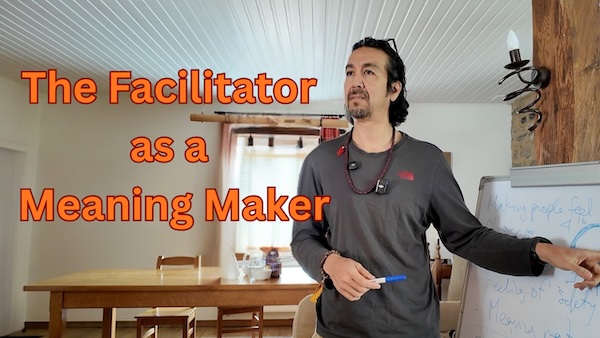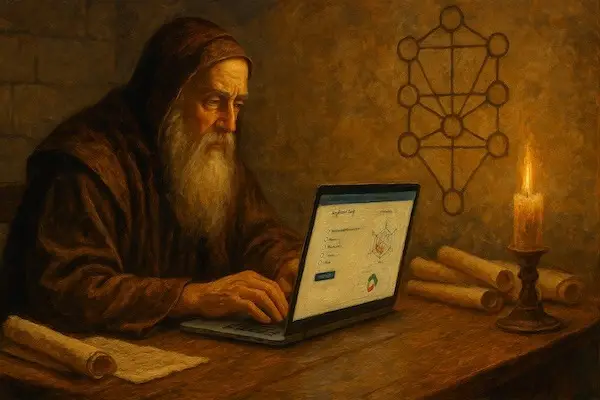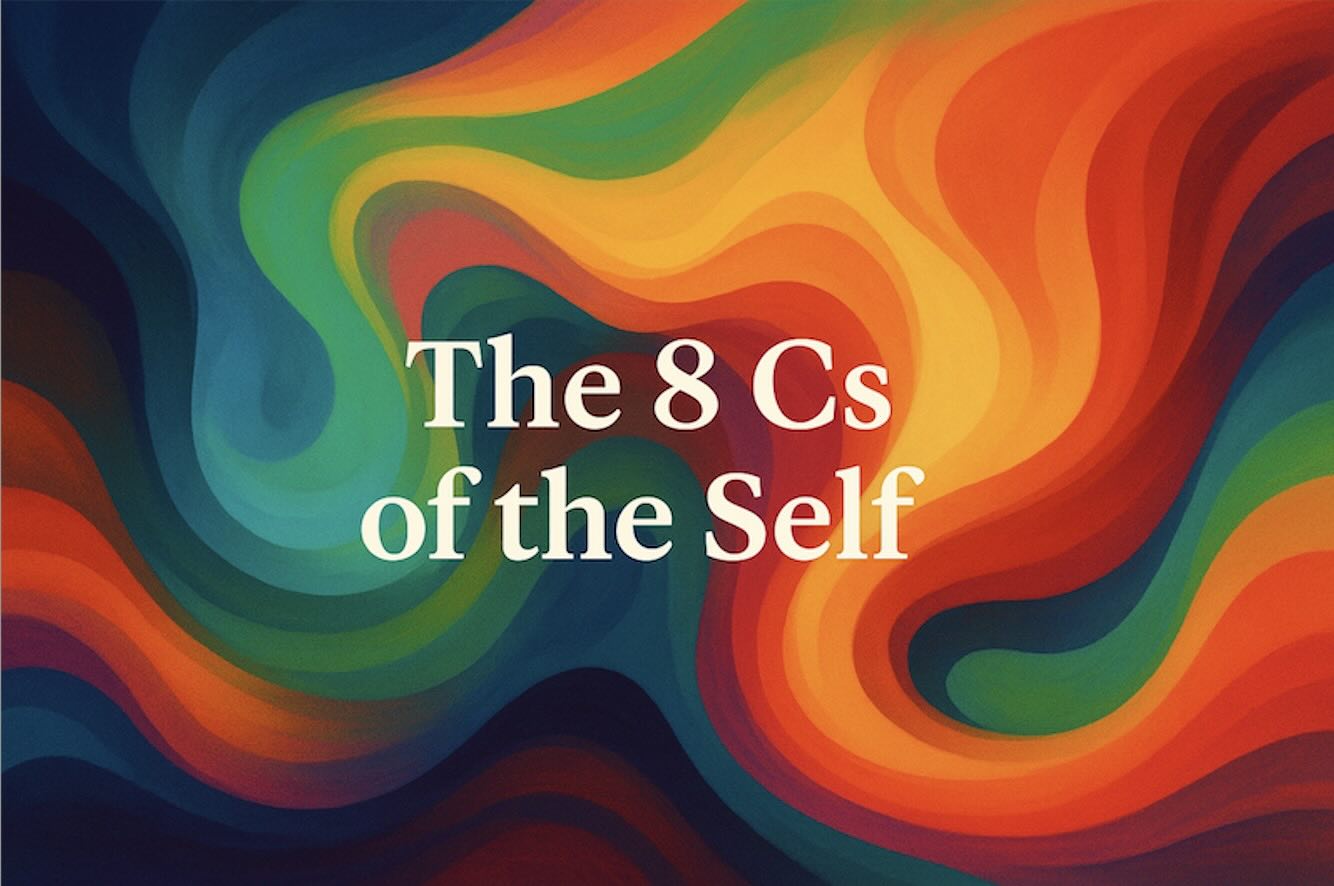This is a clip from a recent school in Belgium which was a fusion of Module 1 and 2. This school was focused on the facilitator work and style. The purpose was to explore the facilitation work and frame it in the modern work done in plant medicine retreats in Europe.
As a reality of retreats in Europe the world of plant medicine and consciousness work, most of us are not shamans. We haven’t been trained in the jungle or initiated into a lineage. Yet, when we sit with others in ceremony, we are doing something deeply shamanic, guiding people through unpredictable inner journeys where meaning, trust, and safety are everything.
This paradox defines the modern facilitator: we act from intuition, not tradition. Our task is to learn to make the invisible visible — to create safety, coherence, and purpose without the inherited rituals that once provided it.
Safety Is Not a Protocol — It’s a Feeling
When we think of safety in a retreat setting, we often picture rules and logistics: where the toilets are, when to ask for help, or how to navigate during the ceremony. But those are just superficial layers. The deeper form of safety, the one that truly allows a participant to surrender, is emotional and spiritual.
Safety arises when participants feel that the space, the facilitators, and the process itself have meaning.
Meaning transforms uncertainty into trust. It helps participants face fear, nausea, or the unknown mental and physical challenges with a sense of purpose rather than fear and panic. Like a surgeon explaining a procedure before an operation, the facilitator helps participants understand not just what will happen, but why it matters.
The Power of Meaning-Making
In this context, a facilitator is a Meaning Maker.
Just as a shaman chants an icaro to align the energy of the space, the facilitator weaves meaning through words, intention, and presence.
Meaning-making can happen through:
- The language we use to frame experiences.
- The dynamics we improvise from the heart.
- The energy we hold through our presence.
- The intention that anchors our work.
When we explain the meaning of vomiting as release, of fear as transformation, of tears as cleansing — we help participants navigate altered states with understanding and dignity. Without meaning, even a safe environment can feel chaotic. With meaning, even chaos can become sacred.
Intention as the Compass
Intention is the invisible thread that connects facilitator and participant.
It’s not about controlling outcomes but offering direction and a destination for the soul.
Without intention, facilitation can become an operational task like a waiter serving drinks. With intention, every gesture, song, and word carries coherence and meaning.
For the participant, intention provides an inner compass.
For the facilitator, it maintains alignment, grounding, and ethical clarity.
A facilitator’s presence is shaped by their intention — whether they are consciously in service or unconsciously distracted.
Presence as the Foundation of Safety
True presence goes beyond being physically there. It’s an energetic stance — how we show up. A police officer in uniform communicates authority and protection simply by standing on the street; in the same way, a facilitator’s presence communicates safety and awareness in the ceremonial space.
Presence includes attention, posture, tone, attire, and attention.
It’s the subtle communication that says: “You’re safe. I’m here. I’m watching.”
When presence is lost — when a facilitator leaves the room, lies on a couch, or disconnects energetically — participants feel it instantly. Safety dissolves not because of danger, but because of absence.
Developing Your Own Style
Unlike shamans bound by tradition, modern facilitators are free to create their own way — their own songs, symbols, and expressions. This freedom is also a responsibility: to develop a personal style rooted in authenticity, not imitation.
Your style becomes your unique channel of meaning-making — the way your personality, voice, and inner work express themselves in the space. Over time, through practice and self-awareness, each facilitator discovers their natural way of bringing safety and depth to the process.
The Path of the Facilitator
Becoming a facilitator is not just a skill — it’s a path of self-mastery.
It requires years of practice, countless retreats, and an ongoing process of self-inquiry.
Some people join this path for personal growth and stay as participants. Others commit fully, discovering that this work — though demanding — is profoundly rewarding.
What matters most is ownership of one’s process.
You don’t need to “fix” or “heal” yourself before facilitating, but you must own your process, your emotions, and your limits. Only then can you safely hold space for others.
Conclusion: Meaning as Medicine
In the end, facilitation is not about control, but coherence.
Not about copying tradition, but embodying truth.
The facilitator’s role is to create meaning where there is mystery, and safety where there is surrender.
Every song, every word, every act of presence becomes part of the ceremony’s symbolic language.
Through meaning, we help participants make sense of the unknown — and in doing so, we remind them (and ourselves) that transformation is not something we do to others. It’s something we hold together.
“The facilitator is not just a guide — they are Meaning Makers.”
And meaning, in this work, is the bridge between the sacred and the human.







